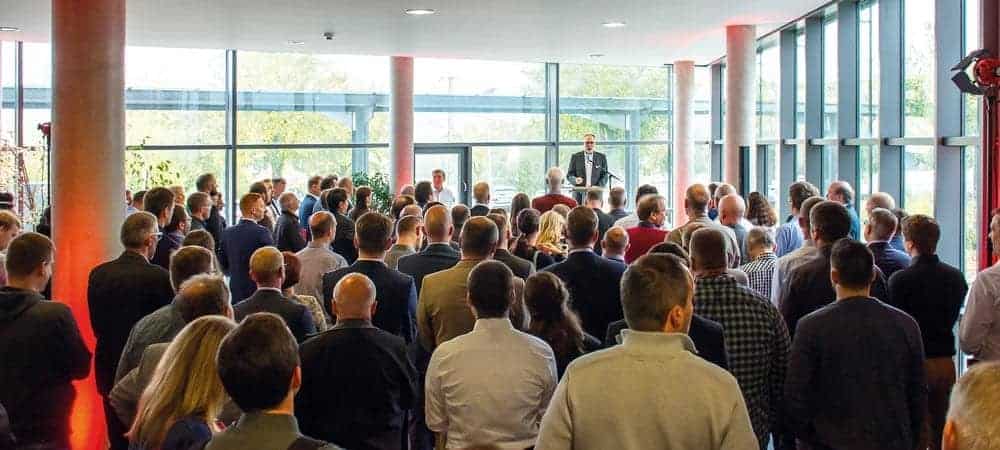Seeburger puts new major release BIS 6.7 in the spotlight at in-house exhibition


The need to dovetail business processes as optimally as possible, both internally and externally, is basically nothing new. However, the wave of digitization is giving it a significant boost. It is obvious that best-in-class providers who have long been committed to the topic of business integration will benefit from this.
One of these is the internationally active SAP partner Seeburger, headquartered in Bretten, Germany, which is one of the top players in the business integration sector with more than 10,000 customers worldwide - the majority of them existing SAP customers. Virtually all customers use the company's core product, Business Integration Suite, in some form or another.
Now BIS has a new major release, 6.7, which will be generally available from the beginning of 2020 and was consequently the focus of Seeburger's annual in-house exhibition held in October.
As Seeburger CTO and board member Matthias Feßenbecker explained at the event, "during the development of BIS 6.7, the focus was on consistently further developing the Business Integration Suite as a central platform for the diverse integration scenarios in the digitalization age".

Five core topics for the relaunch
According to his remarks "new process and business requirements such as those related to artificial intelligence (AI) and Big Data, blockchain or real-time integration in API as well as IoT scenarios can be advantageously put into practice on the basis of the agile and scalable integration platform.".
The development of BIS 6.7 was accompanied by an associating Customer Advisory Board.
The Business Integration Suite goes far beyond a kind of data hub. Rather, it stands for technical and process integration of B2B/EDI, managed file transfer, e-invoicing, IoT, API and EAI applications into any ERP system, including extensive SAP integration (such as BIS in interaction with S/4 Hana, the integration of SAP Ariba and more).
In order for companies to be able to implement digital transformation processes in the best possible way, Seeburger says that it has focused in particular on five core areas during the product relaunch: an improvement in user-friendliness, integration enhancements, a technology switch in the application server used to date, optimized operating cost efficiency, and the use of additional flexible operating models.
Specifically, new user interfaces are to offer separate views for different user roles, ranging from integration experts to users from the respective specialist department.
In the DevOps environment, the company says new API interfaces and automation tools are driving agile delivery of integration content, especially when using the BIS platform in the cloud.
Furthermore, there is additional support in terms of integration in order to be able to use new APIs and interfaces quickly and securely. Furthermore, BIS 6.7 provides an OSGI-compliant (formerly Open Services Gateway Initiative) framework as the technology basis for the application server architecture.
From Seeburger's point of view, this makes it possible to develop and roll out individual elements of the Business Integration Suite more flexibly than before; in addition to the fact that this increases performance and operational efficiency.
In terms of operating cost efficiency, all routine operations can be automated. Other new features in this context include revised monitoring and support for the open source database PostgreSQL as a system database.
Furthermore, in terms of operating models, BIS 6.7 allows customers to choose not only on-prem or Seeburger cloud operation, but also BIS use in public cloud environments such as AWS, Microsoft Azure or Google Cloud Platform, including service options from iPaaS to full service for all operating variants.





